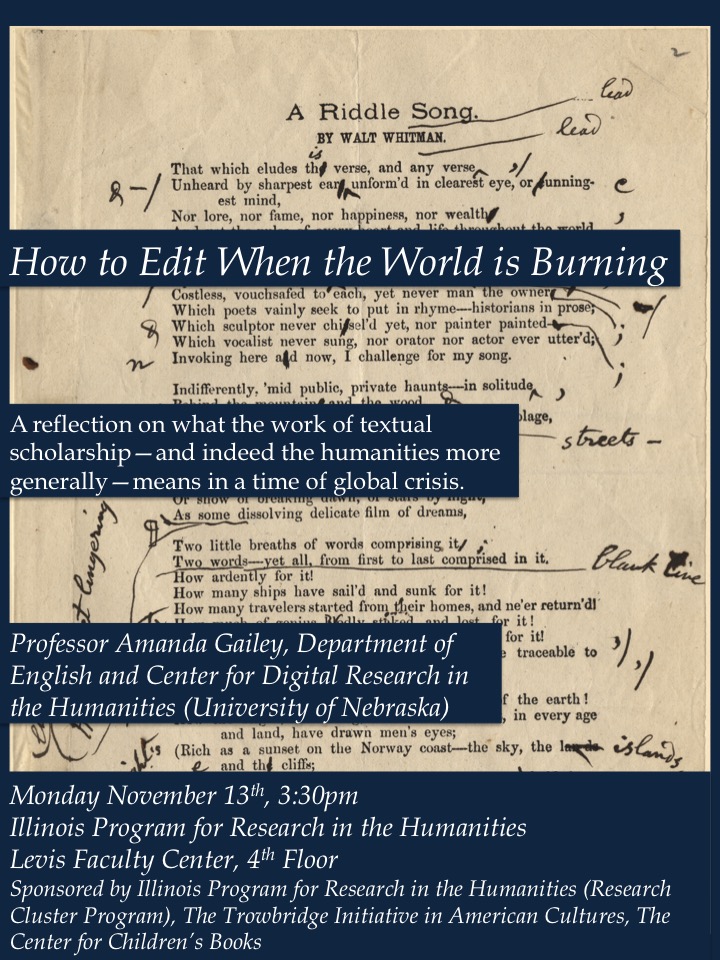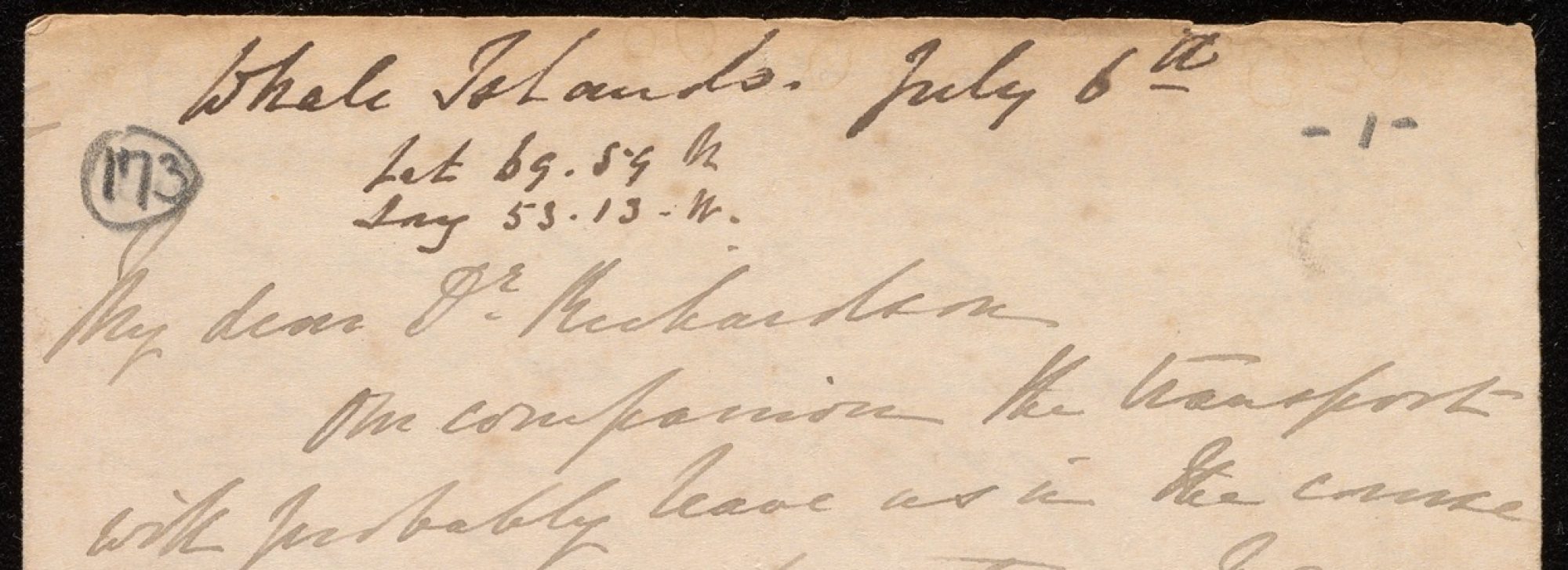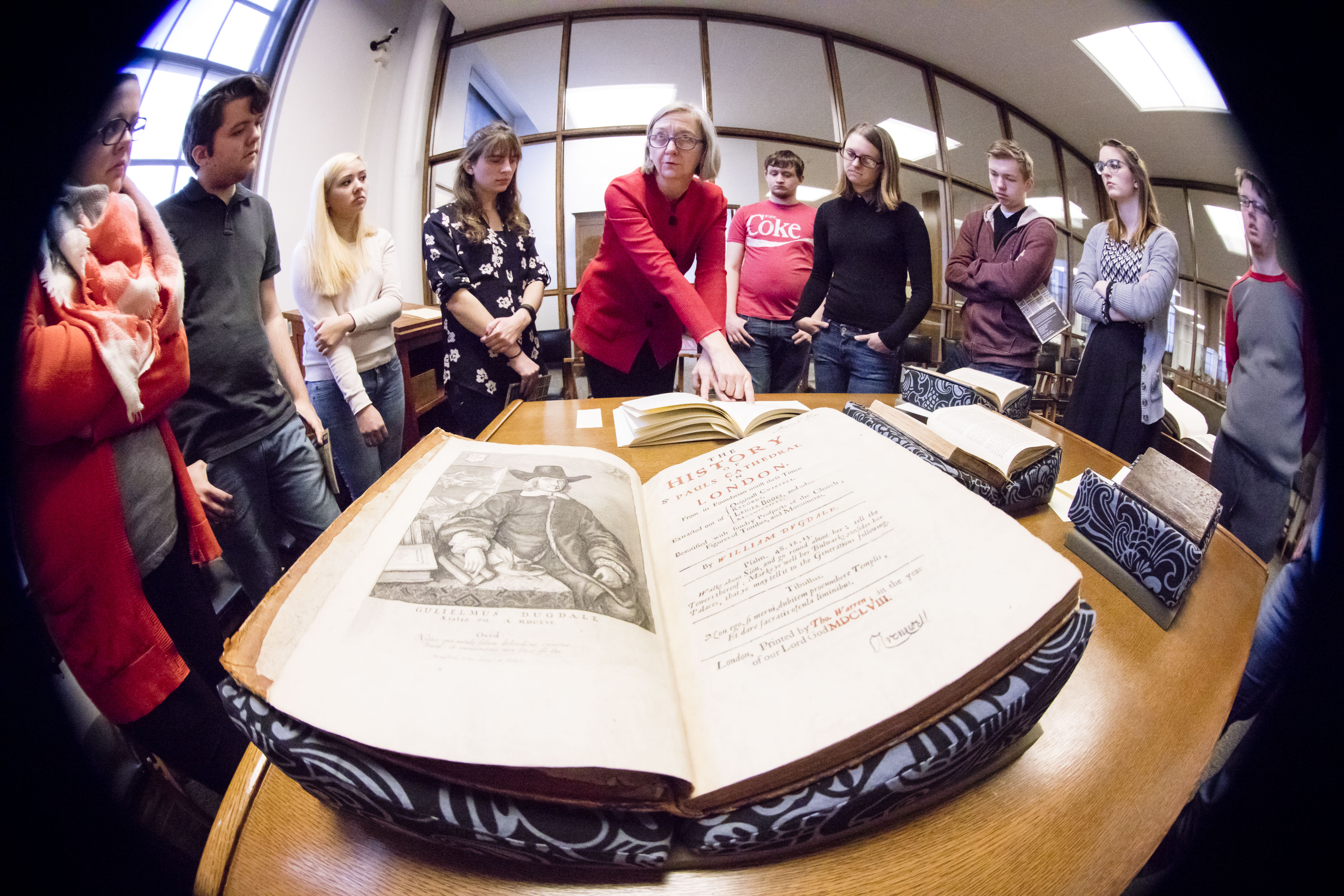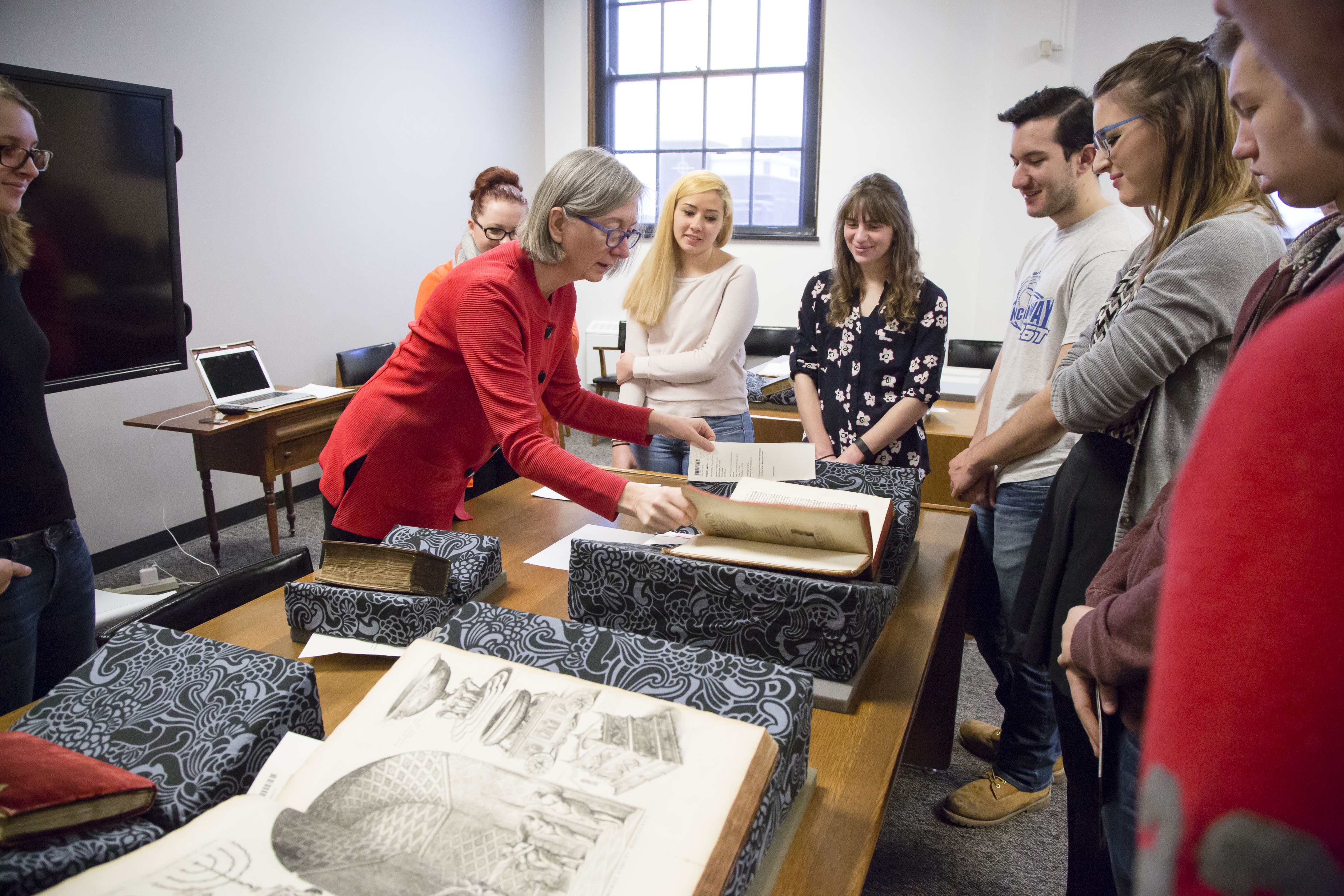
Join us next Monday for Prof. Amanda Gailey’s talk How to Edit When the World is Burning at the Illinois Program for Research in the Humanities/Levis Faculty Center, 4th Floor at 3:30pm.
Amanda Gailey is Editor of the online journal, Scholarly Editing, the Annual of the Association for Documentary Editing. She is the author of Proofs of Genius: Collected Editions from the American Revolution to the Digital Age, which appeared in the University of Michigan’s Editorial Theory and Literary Criticism Series in 2015. She has written extensively on both the practice of the Digital Humanities, and on teaching digital editing skills in the undergraduate classroom. Her essay on teaching TEI techniques—“Teaching Attentive Reading and Motivated Writing through Digital Editing”—appeared in CEA Critic 76.3 (Spring/Summer 2014). She has also taught scholarly editing at the ADE’s famed Institute for the Editing of Historical Documents, sponsored by the NHPRC.
Last but not least, Professor Gailey is the recipient of an NEH Fellowship in support of her DH work on The Tar Baby and the Tomahawk: Race and Ethnic Images in American Children’s Literature, 1880-1939. An innovative, web-based publication, The Tar Baby presents the “intersection of race and childhood between 1880 and 1939 as viewed through children’s literature, its illustrations, and associated material objects.” (Co-authored with Gerald Early of Washington University at St. Louis, The Tar Baby continues to add materials and scholarly commentary to its exhibitions.)
Professor Gailey’s visit to campus is sponsored by: The Illinois Program for Research in the Humanities (Research Cluster Program, The Trowbridge Initiative in American Culture, and The Center for Children’s Books
Please note: Professor Gailey will also be speaking earlier in the day (Nov. 13) at the Center for Children’s Books: Noon Brownbag Talk, “Digital Scholarship, Children’s Literature, and Classroom Collaboration: Reflections on Making The Tar Baby and the Tomahawk” (Center for Children’s Books, School of Information Sciences Room 24)


